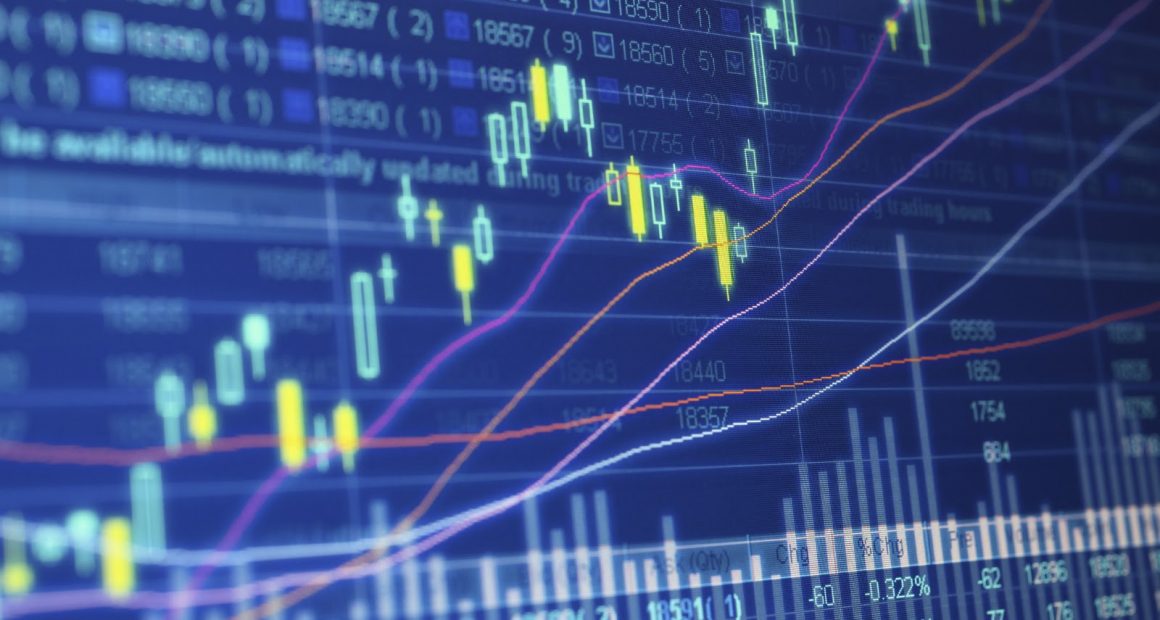High frequency approach
The phenomenon of lead-lag relationships has been studied for decades in traditional financial markets, with new theories, approaches, and methods evolving with the technological improvements of trading. High frequency trading and algorithm-based methods have pushed academics to approaches that study movements down to milliseconds.
Today, the largest cryptocurrency exchanges are highly efficient with minimal arbitrage opportunities of the bitcoin price itself. Is this the case for the movements of the bitcoin price as well, or are some exchanges leading the price movements of bitcoin?
The study uses a modern high frequency approach with tick-by-tick data. All trades on 7 of the largest bitcoin exchanges are analyzed throughout the year of 2018. The analysis look at the cross-correlation between the return series of the different bitcoin prices, and find interesting relationships.
The largest exchanges are leading the way
The analysis included bitcoin prices from Binance, Coinbase, Bitstamp, Bitfinex, Poloniex, Kraken and Hitbtc. The results revealed clear indications of lead-lag relationships. Small, less liquid exchanges show a strong lagging relationship to the larger exchanges.
Amongst the lagging exchanges, Kraken is a particularly interesting case. The price movements on Kraken is lagging behind Binance, Bitstamp and Bitfinex with 10-15 seconds, which is quite remarkable.
This is likely the result of Kraken both being a relative small exchange (based on trading volume) and having a slower solution for algorithmic traders (no websocket API during 2018). Moreover, Kraken has been criticized for its platform, where users have experienced connection errors and extraordinary difficulties placing and cancelling orders. With the rollout of websocket API in the beginning of 2019, which allowed for streaming of price data, this lag has most likely been reduced.
The larger exchanges show opposite results, with weak lead-lag relationships between them. Binance, Bitfinex, Bitstamp and Coinbase only experience lagging price movements of 1-2 seconds.
A full overview of the time lag between the exchanges is presented below.
Driven by arrival of new information
Furthermore, the study confirms that the lead-lag relationships are affected by the arrival of new information on the exchanges. This is measured as changes in trading volume. Unexpected volume changes had a significant impact on the lead-lag relationships. Large volume blocks, which most likely originate from professional investors, seems to affect the lead-lag relationships the most. In other words, a large volume increase on one exchange tend to result in a price-movement, leaking into other exchanges with a measurable lag.
Efficient markets reduce arbitrage opportunities
The study implements different backtesting strategies, in an attempt to take advantage of the lead-lag relationships. The backtesting initially showed profitable trading results under the assumptions of low trading fees and mid-quote execution.
However, taking advantage of lead-lag relationships in the cryptocurrency market in real life is challenging due to the limits of arbitrage. High trading fees, significant risk of price slippage and scaling problems due to low liquidity are the most critical challenges.
Exchange liquidity most important
The study indicates that some of these lead-lag relationships are found because of different trading activity and liquidity at the exchanges. However, other aspects can also be part of the reason for these findings. The infrastructure of an exchange with reliable technology and effective API services could explain some of the relationships. Arbitrageurs prefer well-functioning exchanges with low trading fees.
Furthermore, the location of the exchanges in addition to colocation services could play a role. The location of the investors and the type of investors that have access to a given exchange could also explain some of the lead-lag relationship. A complete answer to this is most likely related to several aspects, both those mentioned and other aspects.
To read more and dig deeper into the study click here.
The study was originally written as a master’s thesis at Copenhagen Business School.





